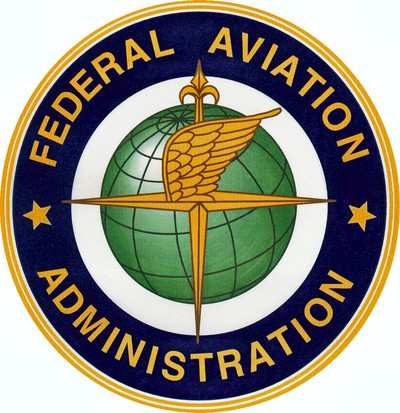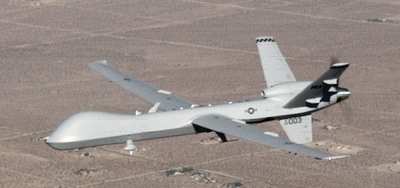Information Published Friday In The Federal Register
The FAA is seeking public comments on the establishment of six sites where UAVs can be tested for their eventual inclusion in the National Airspace System (NAS).

In a filing in the Federal Register published Friday, the agency says it intends to identify six test ranges/sites to integrate unmanned aircraft systems (UAS) into the National Airspace System (NAS). This pilot project is in direct response to a Congressional mandate. The FAA believes that designation of such UAS test sites will assist in the effort to safely and efficiently integrate UAS into the NAS and solicits feedback on this issue. This feedback will be utilized to help develop UAS test site requirements, designation standards, and oversight activity.
On February 14, 2012, the FAA Modernization and Reform Act of 2012 was signed by the President. The Act includes specific requirements for unmanned aerial [aircraft] systems and national airspace. Under H.R. 658, Section 331(c), the FAA Administrator is required to establish a program to integrate unmanned aircraft systems into the national airspace system at six test ranges.
In establishing the program, the Administrator shall:
- Safely designate airspace for integrated manned and unmanned flight operations in the national airspace system.
- Develop certification standards and air traffic requirements for unmanned flight operations at test ranges.
- Coordinate with and leverage the resources of the National Aeronautics and Space Administration and the Department of Defense.
- Address both civil and public unmanned aircraft systems.
- Ensure that the program is coordinated with the Next Generation Air Transportation System.
- Provide for verification of the safety of unmanned aircraft systems and related navigation procedures before integration into the national airspace system.
In determining the location of the 6 test ranges of the program, the FAA Administrator shall:
- Take into consideration geographic and climatic diversity.
- Take into consideration the location of ground infrastructure and research needs.
- Consult with the National Aeronautics and Space Administration and the Department of Defense.
On December 30, 2011, the NDAA was signed by the President. Section 1097 includes specific requirements for unmanned aerial [aircraft] systems and national airspace almost identical to the language in the FAA Modernization and Reform Act of 2012.

To meet the Congressional timeline and increasing demand from the UAS community, the FAA intends to designate UAS test sites based on locations/applications submitted by interested government agencies, private institutions and organizations. In addition to identification of test ranges, the airspace volume that is associated with the test range will need to be defined. Impact on NAS operational efficiency, the ability to accommodate planned and projected research missions, and other factors that are traditionally considered in determining flight test airspace will be elements of the test range airspace designation.
The FAA will leverage test range experience from DoD and NASA in the designation process and subsequent oversight activities. DoD and NASA already have orders/directives covering the operation of their test ranges. DoD and NASA have indicated that, while their organizations are not requesting to create additional restricted airspace for UAS testing, they are willing to assist the FAA with this initiative. Appropriate guidance for test sites for civil and public users (States, commercial, academia, etc.) should, to the extent possible, be harmonized with current Federal directives.
The comment period is open until May 8th, 2012.
 ANN's Daily Aero-Term (12.19.25): Ultrahigh Frequency (UHF)
ANN's Daily Aero-Term (12.19.25): Ultrahigh Frequency (UHF) NTSB Prelim: Cirrus Design Corp SR22T
NTSB Prelim: Cirrus Design Corp SR22T Classic Aero-TV: The Red Tail Project--Carrying the Torch of the Tuskegee Airmen
Classic Aero-TV: The Red Tail Project--Carrying the Torch of the Tuskegee Airmen Aero-News: Quote of the Day (12.19.25)
Aero-News: Quote of the Day (12.19.25) Airborne 12.17.25: Skydiver Hooks Tail, Cooper Rotax Mount, NTSB v NDAA
Airborne 12.17.25: Skydiver Hooks Tail, Cooper Rotax Mount, NTSB v NDAA




